| May 2023 | | | Many of our team were lucky to go to a professional development evening last week held here in Orange. Over a lovely meal, the not so lovely topic of internal parasites was discussed. Not for the squeamish! The verdict is that we probably need to be worming our dogs and cats more- for their health and for the health of humans that live with them. Drop by for worming products from reception- these are available over the counter if we know your pet's weight. If you need a hand giving your pet medications, one of our nurses can help with that.
We also learnt the latest updates on heart disease in dogs, as well as networking. | | | Book Online |
|
|
| Flowers for Mother's Day | | | Mother's Day is this weekend- check which flowers are on the nice or nasty list when it comes to giving gifts to people that have pets in the household.
Nasty
* Daffodil
* Tulip
* Hyacinth
* Azalea
* Lily
Nice
* Sunflower
* Orchid
* Rose
* Zinnia
* African violet
* Native Australian flowers | | | Australian Animal Poisons Information |
|
|
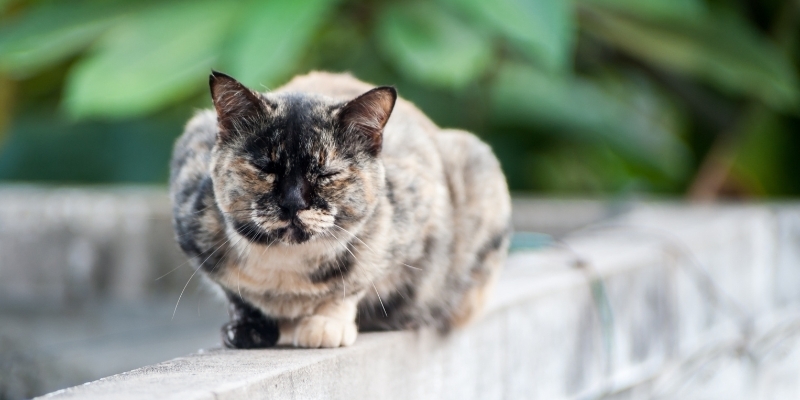 | | The four “D-J-Do’s” - managing degenerative joint disease | | | Arthritis, otherwise known as DJD (degenerative joint disease), is an irreversible, degenerative condition affecting the joints of many middle-aged to senior pets.
It can develop naturally with aging or occur due to factors such as previous joint injuries or developmental joint disorders (e.g. hip dysplasia or elbow dysplasia). Some animals are born with crooked legs in the first place, making strains on the joints more pronounced. Some animals live an incredibly active lifestyle, meaning more wear and tear on the joints.
If your pet is developing degenerative joint disease, here are the four “D-J-Do’s” that we recommend to keep your pet comfy and support their long-term joint health!
1. Weight management
Ensuring that your pet’s body condition is slim and healthy is a key step in treating arthritis. Being overweight puts extra strain on their joints and can limit their ability to exercise. Diet management and exercise are two key factors for weight loss. If weight won't budge, a medical investigation can be done by your veterinarian.
For an assessment of your pet’s weight and advice on how to safely help overweight pets return to a healthy body weight, consult our knowledgeable team.
2. Management of inflammation and pain
Fortunately, there are a variety of long-term medication options that help relieve pain and inflammation in pets affected by arthritis, even those with other organ health issues.
These include non-steroidal anti-inflammatory drugs, long-acting pain relief injections, medications to reduce your pet’s sensitivity to pain, and general joint health support products (also known as chondroprotective agents) such as pentosan polysulfate injections, 4cyte and omega-3 supplements.
3. Help at home
You can help pets with reduced mobility to move around safely and more easily by placing carpets or non-slip matting tracks along common routes around the house.
We also recommend keeping claws short, and providing thick, padded bedding (placed in a warm room during cold weather) to keep your pet’s joints feeling comfortable. Make sure there are no draughts where dogs are sleeping.
4. Appropriate exercise
It’s essential that pets with arthritis are encouraged to perform daily, low-impact exercise (such as walking or swimming), as this will improve their joint mobility, maintain their muscle mass, and help control their weight, as well as being an asset for their quality of life.
For more personalised advice on safely and effectively supporting your arthritic pet’s quality of life and comfort, consult our veterinary team. |
|
|
Rat bait from poisoned rats-
fact or fiction? | | | Recent evidence from the past years of rats and mice inundating the area would suggest that this is definitely a deadly combination- and evidence from wildlife species, such as owls, also supports this.
With the ethics involved in deliberately poisoning animals for the purpose of research- it is hard to know exactly the toxic dose of poisoned mice or rats a dog or cat must eat to cause toxicity in the pet. We have seen cases to suggest that a large dog eating a single poisoned rat, or a small dog eating one or two poisoned mice, may be enough to cause fatal consequences.
One brand of rat poison that seems truly pet safe is the RatSak AllNaturals. Although your pet will feel crook, and probably vomit, it is unlikely to cause long term harm. Placing regular baits in bait stations is a safer way to give it. Remember, rat and mice bait is designed to be tasty, and the average dog isn't too discriminant about what it puts in it's mouth. | | | Australian Animal Poisons Hotline |
|
|
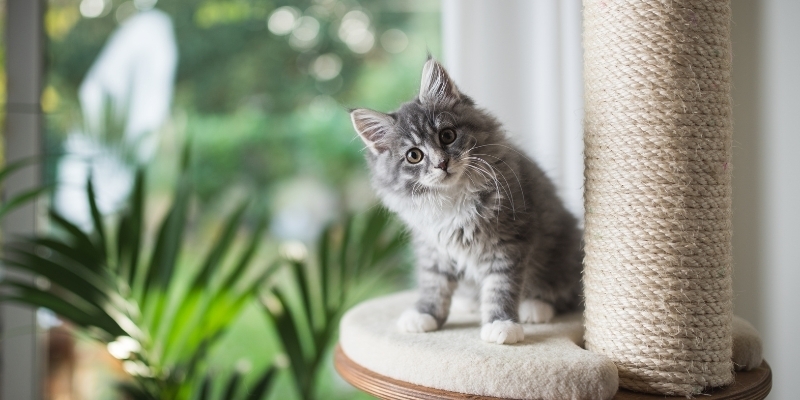 | | Claws for thought | | | We’re guessing that you probably don’t think much about your cat’s claws unless they’re scratching at your furniture!
But here are three important things to remember about your cats’ claws:
1. Scratching is natural
Scratching is a natural feline behaviour, and serves several functions:
- Sending visual and scent signals to other cats
- Contributing to the cat's feeling of safety in their environment
- Keeping claws short and sharp
- Providing some enjoyable mental stimulation and physical exercise
And unless your cat has access to good scratching furniture - such as a carpet covered cat scratching poles, they will practice this natural behaviour on the next best thing, which unfortunately is usually a couch or a good bit of carpet.
So, what do we mean by ‘good scratching furniture’? There are a variety of ‘specially-designed-for-scratching' posts, beds and boards available, and whilst every cat has their individual preferences, some common factors include furniture that is:
- Sturdy, so it won’t move around as the cat is using it
- Tall enough for the cat to stand up and stretch out fully
- Located in an area of the house where your cat likes to be active
- Covered in a texture that the cat can sink their claws into, like carpet or cardboard
If there's troublesome clawing happening in your house, try placing a cat scratch pole in the troublesome spot, then slowly moving it to a more appropriate location. For most cats, this helps redirect the behaviour to a more appropriate spot.
2. Some cats will require help to keep their claws in check
With feline nails growing one-to-two millimeters per week, indoor cats without access to abrasive scratching surfaces, and older cats who find it difficult to scratch vigorously, will require some human help to prevent painful claw overgrowth. Please consult our helpful team if you are unsure how to achieve this safely and painlessly - for both you and your cat!
If this is a new thing to need to trim your cat's claws, think about how they are moving- maybe degenerative joint disease is at play?
3. Claw diseases can occur
As well as claw overgrowth or breakage, feline toes and nail beds can also be affected by other issues such as bacterial or fungal infections, autoimmune diseases, allergic disease, and uncommonly, tumours.
Please consult our veterinary team if you notice any changes in your cat’s claw thickness or texture, or if you notice any discharge, redness or swelling around their nail beds. Our vets are pretty sharp when it comes to claw health! |
|
|
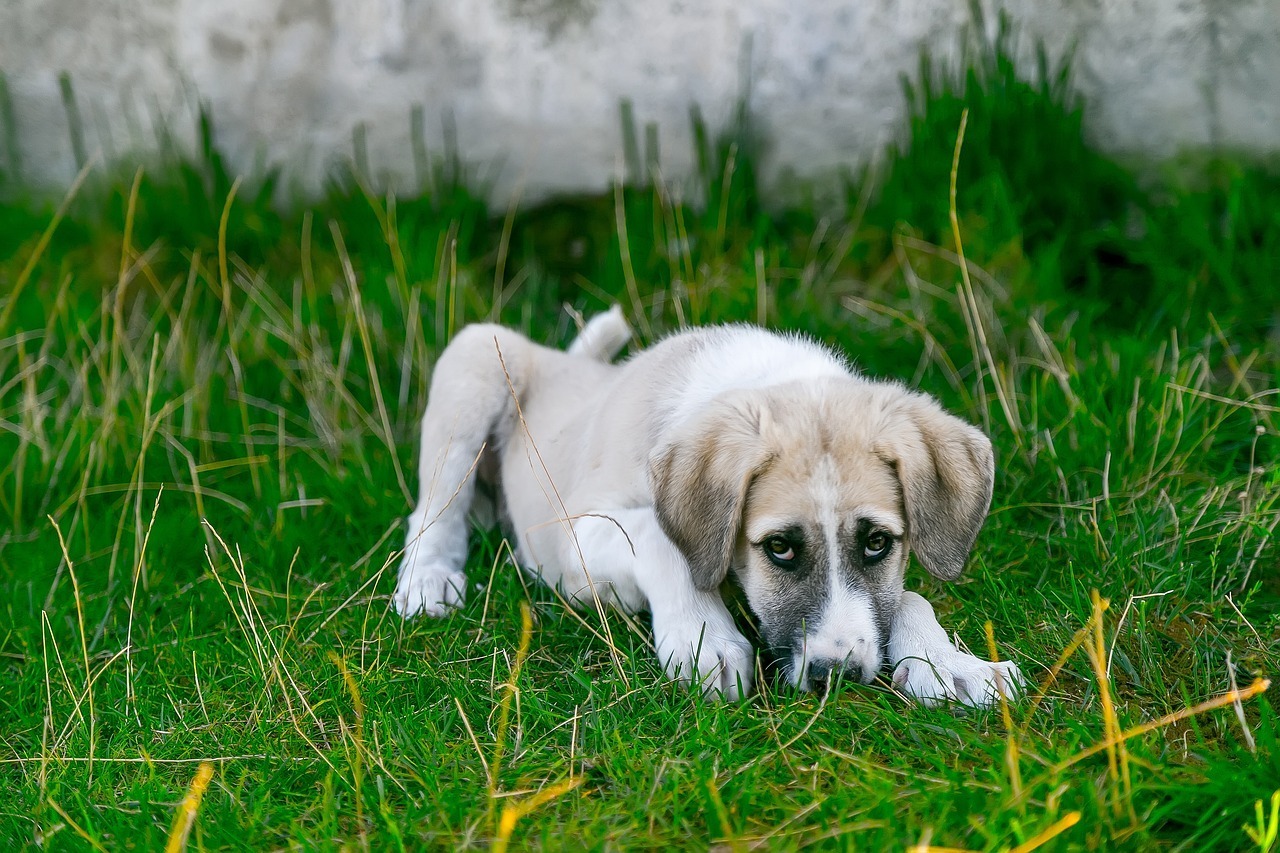 | | 1080 baits & accidental poisoning | | | Sodium fluoroacetate (SF), also known as compound 1080, is an odorless poison used as baits to kill mammalian pests, such as rodents, rabbits, foxes, wild pigs, etc. Sodium fluoroacetate also occurs naturally in about 40 species of plants native to Australia, Africa, and South America. Baits are often dropped to try to control foxes and wild dogs locally, as well as other species if you are travelling around Australia.
Pathophysiology- how it works
In the body, SF is converted to fluorocitrate, a potent inhibitor of the TCA (Krebs) cycle enzyme, aconitase. Inhibition of the TCA cycle results in depletion of cellular energy stores, particularly in organs with high energy demands (e.g. heart, brain, kidneys, liver), which leads to cell death and organ dysfunction. Hypocalcemia from chelation of serum calcium is thought to be largely responsible for the rapid onset of the seizures seen in some species. Death is due to respiratory failure, ventricular arrhythmias, and/or multi-organ failure. Clinical effects vary by species, with some species (e.g. rabbit, rodents) experiencing primarily cardiac effects, some (e.g. dog, guinea pig) experiencing primarily central nervous system (CNS) effects, and others (e.g. cat, pig) experiencing a combination of CNS and cardiac effects.
Toxicity
Dogs may be exposed to SF when ingesting tissues from animals that have died of SF toxicosis; or ingesting baits maliciously placed in their environment. Less commonly, baited can be shifted by other species, such as birds, to be found away from where they were placed. Species susceptibility to SF varies widely, with birds being relatively resistant to toxicosis and carnivores being the most sensitive. Dogs are especially sensitive to SF, and as little as 1 gram of bait is fatal to a 10 kg dog.
Clinical Signs
Clinical effects become evident 30 minutes to 4 hours following exposure. This may look like manic hyperexcitability, frenzied behaviour (aimless running, howling, apparent delirium), , vomiting, drooling excessively, urination, defecation, big pupils, high temperature, and convulsions or seizures. Although cardiac arrhythmias (particularly ventricular tachycardia, fibrillation), are possible, they are not as commonly reported in dogs as in other species (e.g. cats). Progressive weakness may occur, and terminate in coma and death within 2-12 hours after onset of signs.
What to do?
If you are concerned that your dog has been baited with 1080 poison, please drive towards your nearest vet clinic, and call on your way there so that we can be expecting you and prepare. This is particularly important if it is after hours. Time is critical for this condition. |
|
|
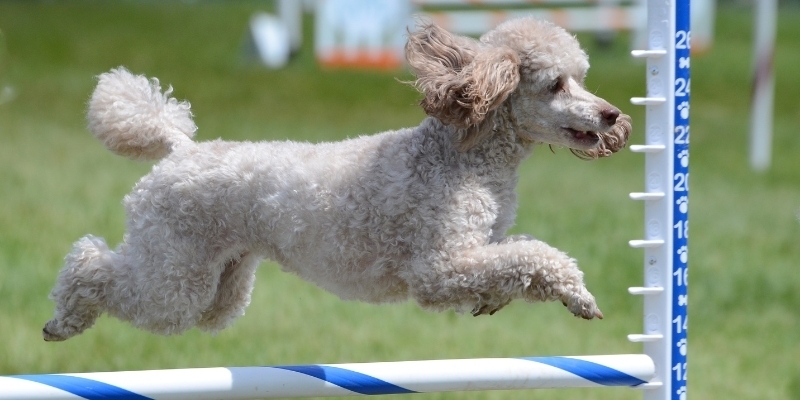 | | A crucial issue - cruciate ligament injuries | | | When we think about cruciate ligament injuries, we tend to think about athletes suddenly limping off the field with severe knee pain. Netball and football players are significant contenders, with the running, twisting and high intensity exercise.
This can be the case with dogs too, as high-impact exercise has the potential to trigger sudden knee problems. However, cruciate disease in dogs commonly presents as a more chronic (long-term) issue. Here’s how we can recognise chronic cruciate disease in dogs, and what can be done about it:
What is chronic cruciate disease?
Cruciate ligaments are located within the knee joint and help to stabilise the joint and allow it to bear weight. Chronic cruciate disease involves gradual damage and tearing of the anterior cruciate ligament (ACL) in the knee joint, causing pain, inflammation, and progressive instability in the knee.
Overweight dogs, particularly larger, heavier breeds such as Labradors, Retrievers, Rottweilers, and Staffordshire Bull Terriers are especially predisposed to the disease.
How do we diagnose cruciate disease?
Dogs with chronic cruciate disease commonly show intermittent hindlimb lameness, which may worsen after vigorous exercise, but temporarily improve after several days of rest.
Eventually, when the ligament completely tears, the dog may experience a lot of pain, and be reluctant or unable to bear any weight on the leg at all. Although this may not be an emergency, it is helpful to rest the dog at this point to avoid undue strain on the opposite leg.
If we suspect cruciate disease in a dog, a general anaesthetic will often be recommended - so that the dog is relaxed and not tensing in pain, and a proper physical examination, and x-rays - can be performed to assess cruciate disease, rule out other issues, and check for secondary degenerative changes to the knee joint.
How can cruciate ligament damage be treated?
For dogs with cruciate ligament damage, surgical repair is usually recommended. While surgery helps to stabilise the knee joint, and gives the best chance of a return to normal or near-normal knee function, as time goes on many dogs who have damaged their cruciate ligament are likely to develop secondary arthritis that can be managed with proactive joint support therapies.
For more information on supporting your pet’s joint health knee-ds, have a chat with our knowledgeable veterinary team. |
|
|
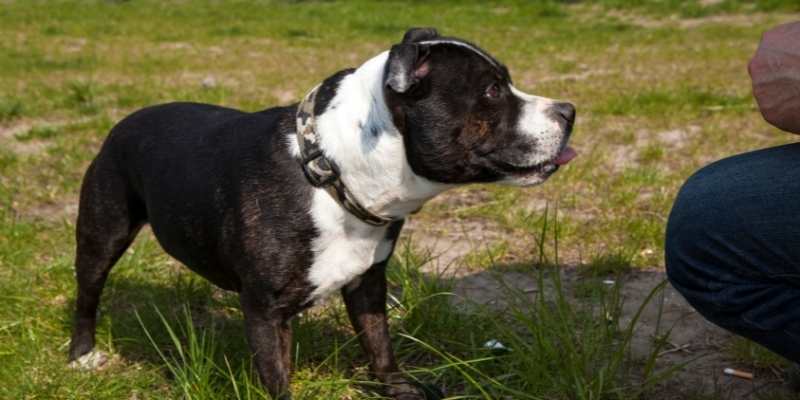 | | A joint effort - hip dysplasia explained | | | Hip dysplasia is a joint condition commonly seen in dogs (but also sometimes in cats), and is thought to occur due to a number of genetic and environmental factors.
Here’s what you need to know about hip dysplasia, and how we can help to ensure that your pet’s hips stay in top shape:
What is hip dysplasia?
Hip dysplasia is a developmental joint condition involving excessive looseness in a hip joint. This can cause gradual subluxation (partial dislocation) of the joint, which can be painful, and often leads to secondary arthritis in the hip joint in the long-term.
Which dogs are at risk of hip dysplasia?
Dogs most commonly affected by hip dysplasia include larger breeds, such as Labradors, Staffordshire Bull Terriers, German Shepherds and Dogue de Bordeaux. English and French Bulldogs are also more likely to have the condition.
Genetically-predisposed pets may also be more likely to develop signs of hip dysplasia under the influence of particular environmental factors, such as being overweight during puppyhood and adulthood, or receiving excess calcium or vitamin D supplementation during their younger weeks and months of growth.
Can I prevent hip dysplasia in my pet?
If you are purchasing a breed of dog with a higher risk of hip dysplasia, it is recommended to source them from a breeder who has had veterinary hip screening tests performed on their breeding dogs, and can confirm that both of the pups’ parents have good hip scores.
Our vets may also recommend hip screening x-rays around 14-16 weeks of age in puppies at risk of hip dysplasia, or in any pet that shows signs of hindlimb lameness or discomfort.
Keeping your pet’s body condition slim and healthy throughout their life will also help to maximise their long-term joint health and comfort.
Can hip dysplasia be treated?
Depending on the severity of hip dysplasia and the age at which it has been diagnosed, our vets may recommend surgical treatment and/or medical management with pain relief and chondroprotective supplements (joint support products).
For more information on pet hip health, consult our vets! |
|
|
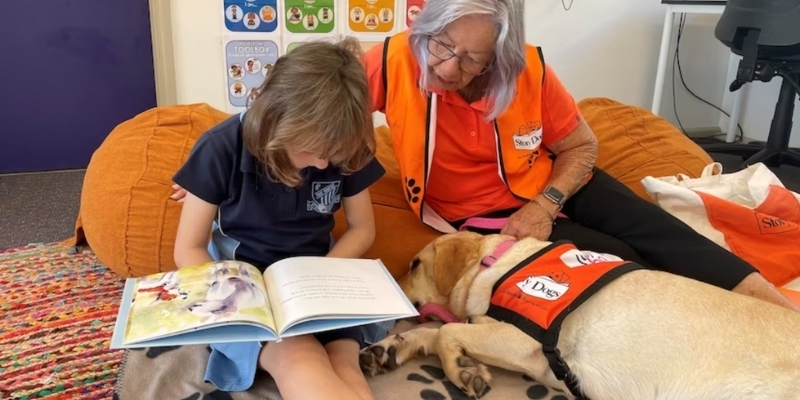 | | Animal News In Brief | | | Dogs helping slow learners become confident readers
Who inspires you to tackle your biggest challenges? Perhaps a famous actor, an athlete or a world leader? What about a teacher, a partner or a friend… or even a pet? Piper the Labrador is part of the ‘Story Dogs’ reading program, an initiative that aims to give young children who struggle with reading a calm, engaging environment to practise their skills. Supervised by volunteer Helen Barnett, children in the program are encouraged to read stories aloud to Piper, as she relaxes beside them. Based on a US model, the program now operates across 355 Australian primary schools, with 560 volunteers (and their furry friends) helping struggling students become confident, competent readers. “We get these young students who are struggling with their reading, it's not a happy place for them, and we turn that around to make reading fun, so they want to come to school and they want to read,” said Jane Sigly, who co-founded the Australian leg of the program 14 years ago. Ms Sigly plans to expand the program into the Northern Territory and beyond, and is continuing to recruit volunteers to support the growth of the program. Piper's owner, Helen, is a retired teacher herself, and together with Piper, she visits the grade two students of Kempsey East Primary School twice weekly. “The pleasure from seeing the children's confidence and reading skills improve is our reward; the dog's reward is getting lots of treats and pats.” As for Piper herself? She's living proof that you don’t need to be a big star to inspire young people to greatness. In fact, she can even do it in her sleep!
Learn more about the ‘Story Dogs’ reading program on the ABC News website.
Pictured: Charlie Pasco reads to Helen Barnett and Piper at Kempsey. Image Source: ABC Mid North Coast, Emma Siossian.
Calling for greater recognition of Australia's animal war heroes
No matter who they are or where they come from, to not acknowledge our veterans for their service and sacrifice is simply un-Australian. Historically, dogs, cats, horses, donkeys and even pigeons were routinely transported overseas to serve alongside soldiers and medical staff in a wide variety of roles, providing vital assistance to Australian forces for many years. During WWII, homing pigeons enabled vital communication for RAF pilots, and Horrie the dog would warn of incoming enemy aircraft. One war dog sent to Vietnam famously alerted soldiers to an unexploded land mine without being trained in that skill, and others were able to track days-old scent trails for up to 16km. However, even if these amazing animals managed to save the lives of Australian soldiers, and stay alive themselves, they were never to return home. Though it’s commonly understood that soldiers themselves had great respect for their animals, they were nonetheless consistently left behind at the end of the war. Today, veteran animals do return to Australia at the end of their service, usually living with the servicemen and women who handled them during service, however, they do not receive a pension. "[Without a pension] it means the dog's handler has to fork out money for vet bills once it retires," said Nigel Allsop, president of the Australian War Animal Memorial Organisation. “Nine million animals died in the First World War on both sides and it's important to recognise the deeds and sacrifices of all animals that served alongside soldiers.”
Read more about Australia’s history with war animals and how advocates want to see them recognised on the ABC News website.
Labradoodle puppies born after WA puppy farm rescue
In January the RSPCA raided and removed 39 Labradoodles, including several pregnant bitches, from squalid conditions on a puppy farm in Bridgetown, Western Australia. Highly anxious and traumatised, the dogs have since been placed with carefully chosen foster carers who will be responsible for their training, socialisation and rehabilitation, until court proceedings finish, whereupon the dogs will be rehomed permanently. While they’re not quite 101 Dalmatians, they’re more than halfway there: the recent birth of 16 new puppies has raised the total number of Labradoodles involved in the rescue operation to 55. "We spend lots of time in their kennels just talking to them and going really slow, trying to get them to learn to trust us and build their confidence," said Richelle Beswick, Coordinator of Behaviour and Foster at RSPCA. "That could be as simple as sitting down and reading a book to them."
The dog’s original owner has since been fined over $100,000 for animal cruelty, and animal welfare groups continue to campaign for legislation of puppy farming in WA and further legislation for ethical breeding practices, such as the Dog Amendment (Stop Puppy Farming) Act 2021. "It is our hope that the legislation will reduce the number of puppy farms," Ms Beswick said.
Read more about the Labradoodle rescue operation on the ABC News website. |
|
|
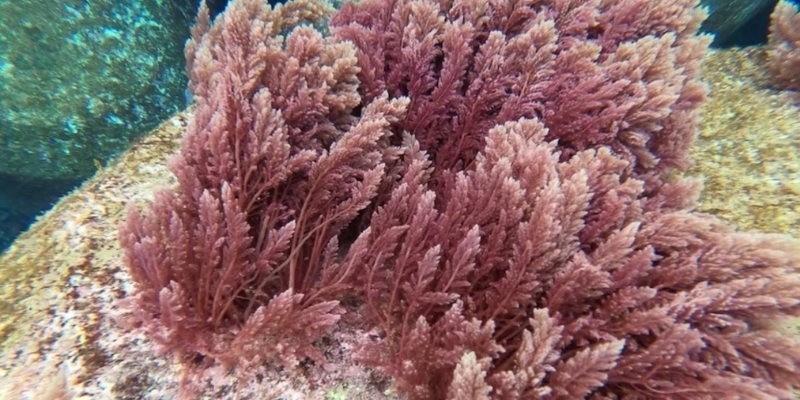 | | Seaweed supplement expected to dramatically reduce methane emissions | | | The scientific journal Animal Feed Science and Technology has published exciting new research into an Australian supplement that dramatically reduces the methane emissions of cows.
The study found that when added to food stock as a supplement, Asparagopsis armata, a native red seaweed of South Australia, was capable of reducing methane emissions by between 80-98%. Impressive! So, how does it work?
The seaweed itself is rich in bromoform, a substance that inhibits the production of methane typically released (in the form of burps and wind) by ruminant animals like cows, sheep and camels.
“Say a cow's dry matter intake is 14 kilos a day," said CH4 Australia general manager Adam Main. "The amount of seaweed we'd need to give it is less than a squash ball — it's 50 grams.”
The supplement is available in the form of freeze-dried powder or infused oil, the good news is not much product is required to produce significant results without affecting the quality of the milk produced. And if Victoria can lower its methane emissions from agriculture by 80%, that could be the equivalent of taking two million cars off roads.
However, managing the amount of food an animal may consume is difficult outside of a feedlot, meaning further research is necessary to develop technology suitable for supplementing broadacre cattle farms.
Read more about the study and the red seaweed trial on the ABC News website.
Pictured: Asparagopsis armata seaweed growing naturally. Image source: FutureFeed |
|
|
This email contains comments of a general nature only and is not intended to be a substitute for professional veterinary advice. It should not be relied on as the basis for whether you do or don't do anything.
All content © PetPack 2022 |
|
|
This email was sent to:
email@example.com
Orange Veterinary Hospital
57 Molong Rd
Orange, NSW 2800
|
|
|
|